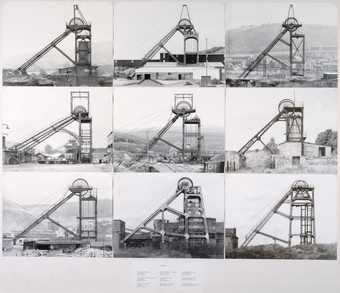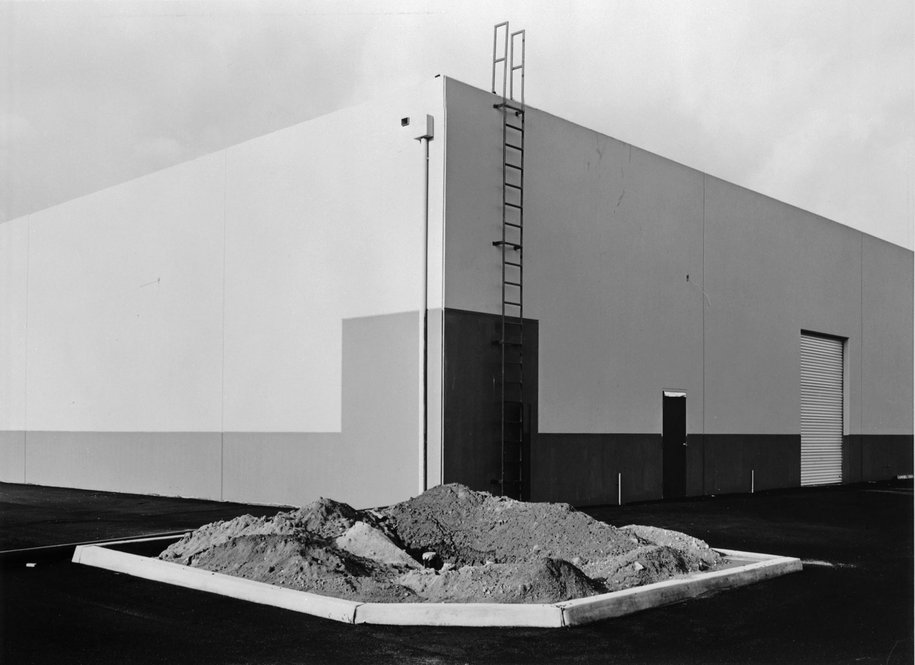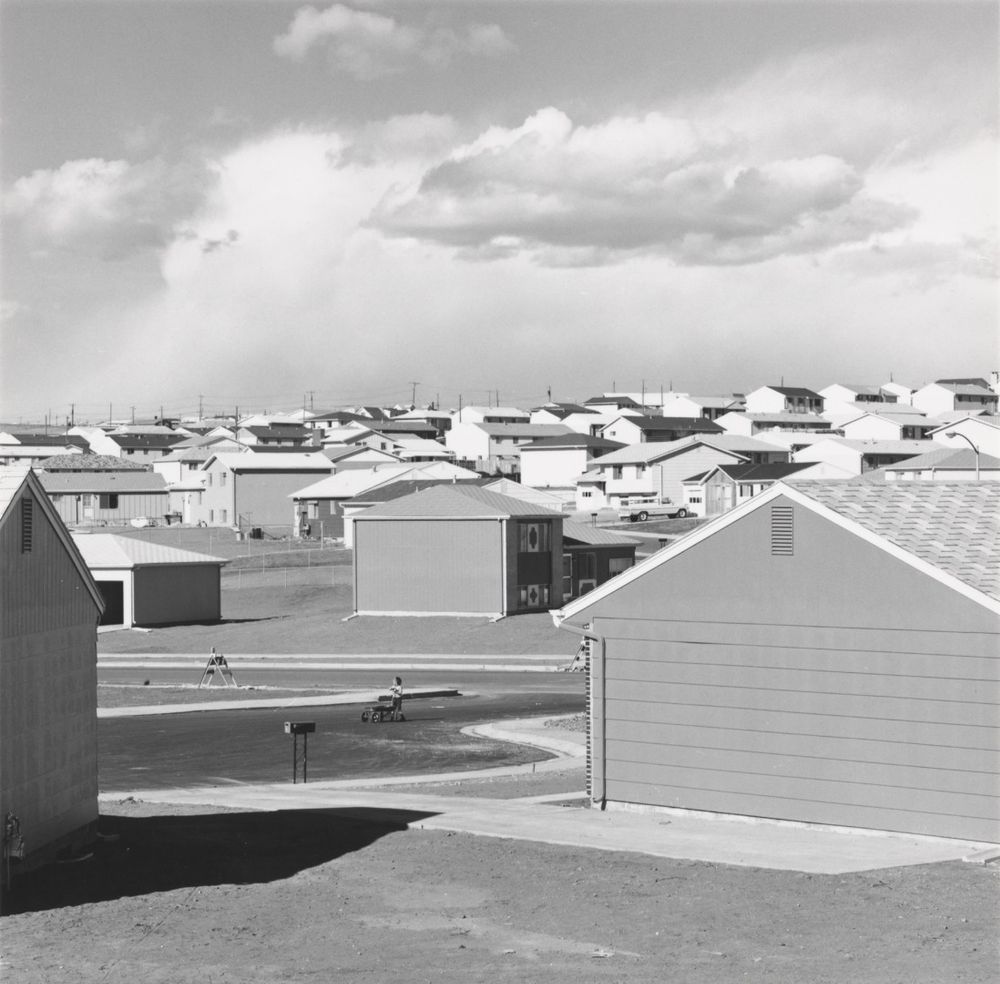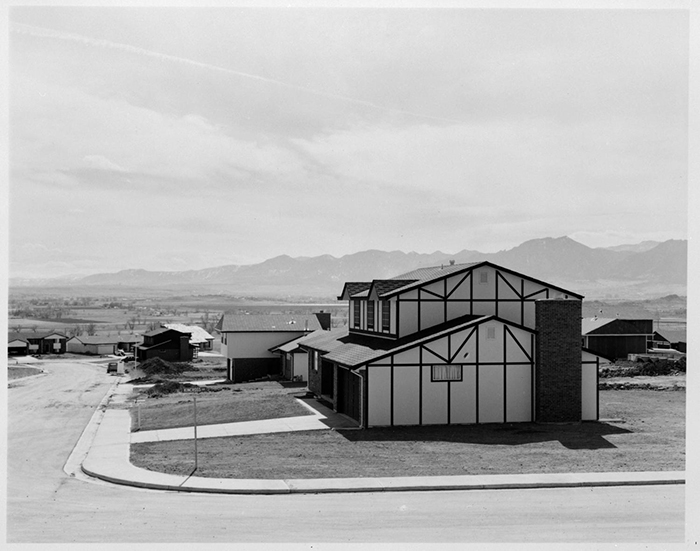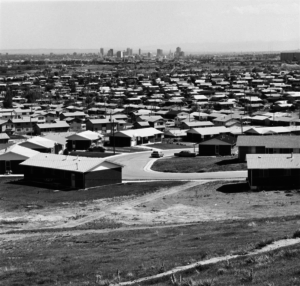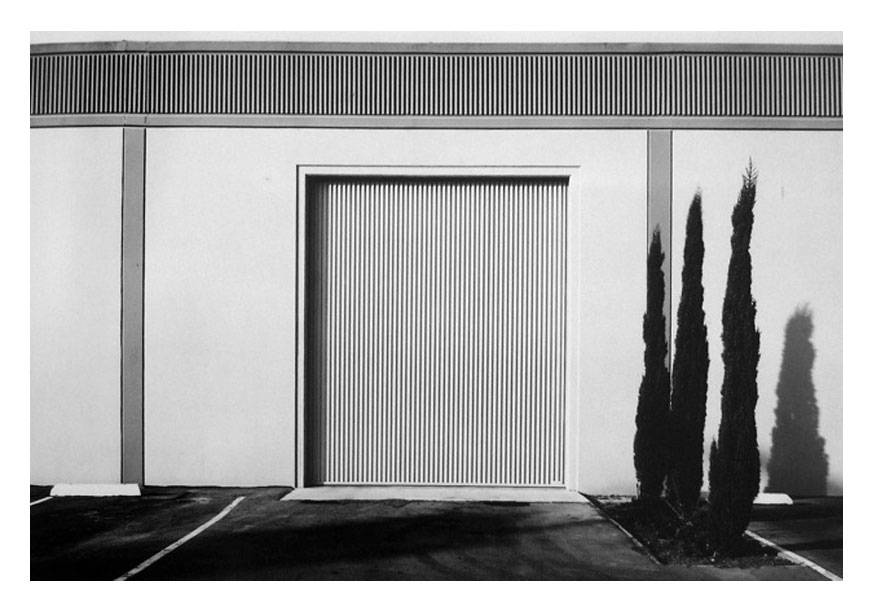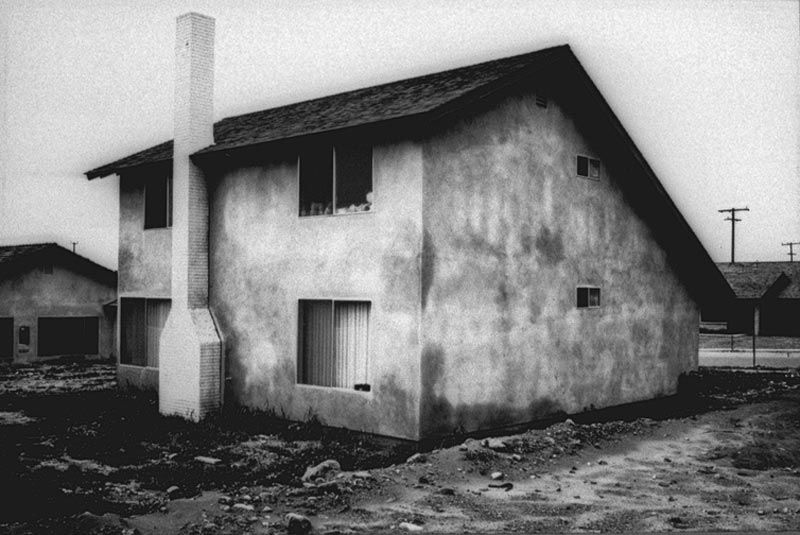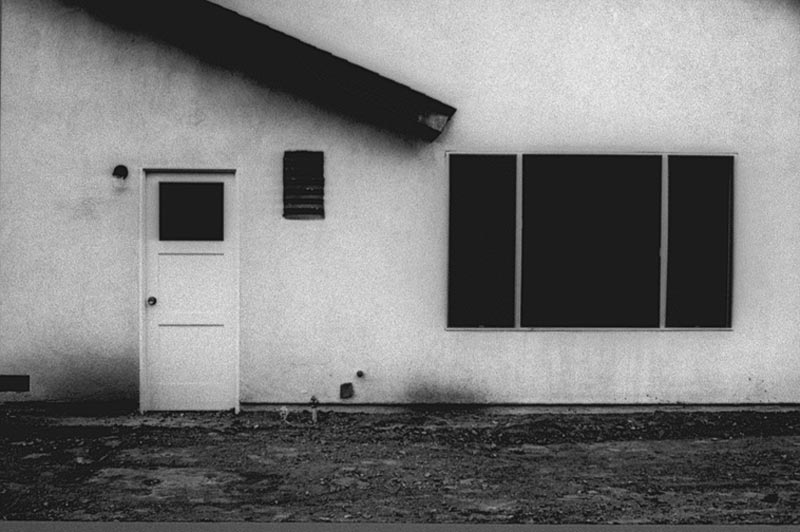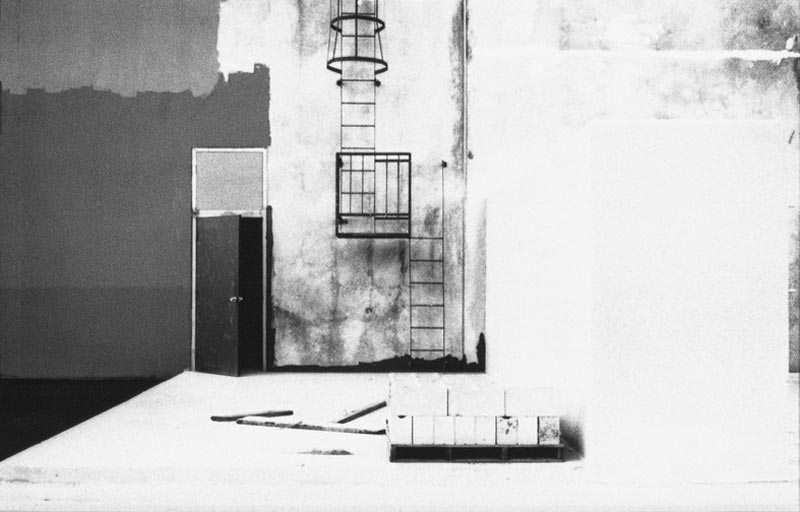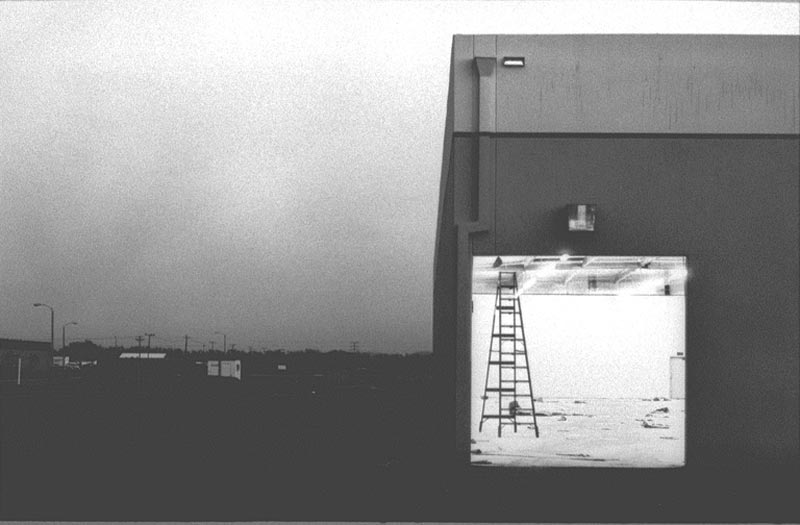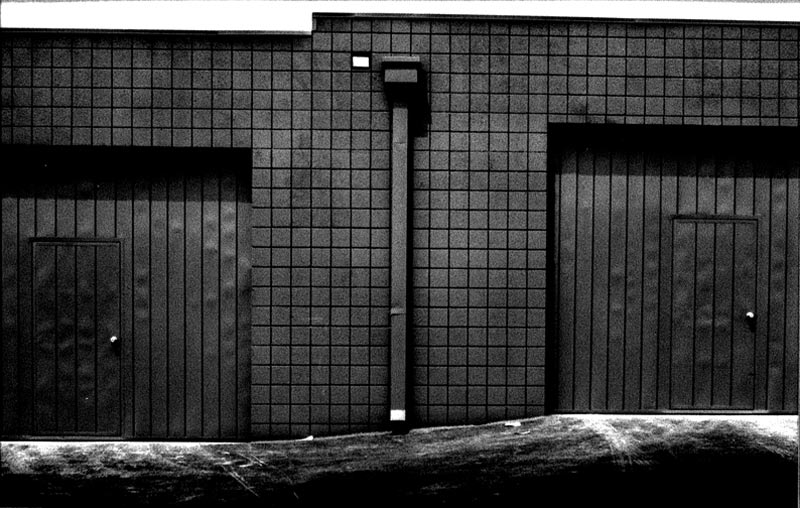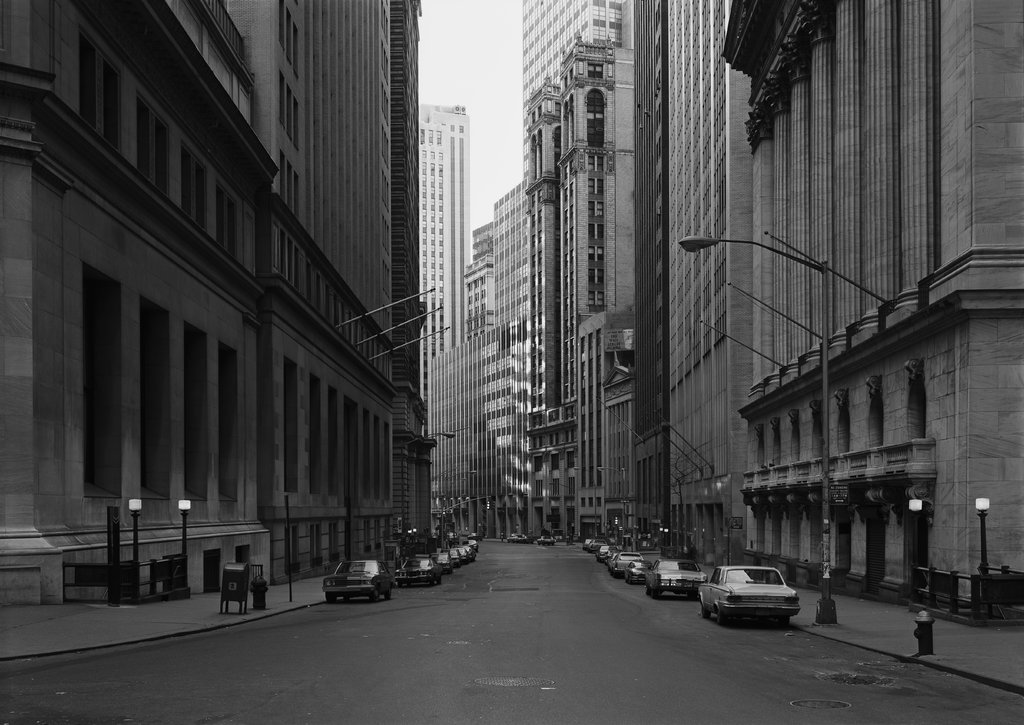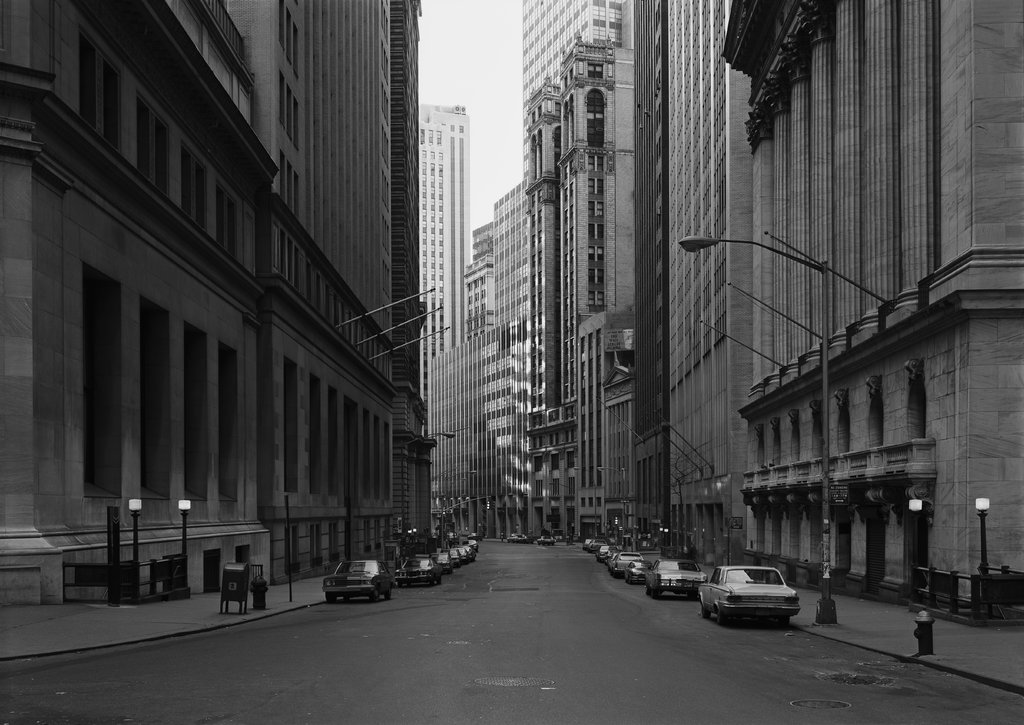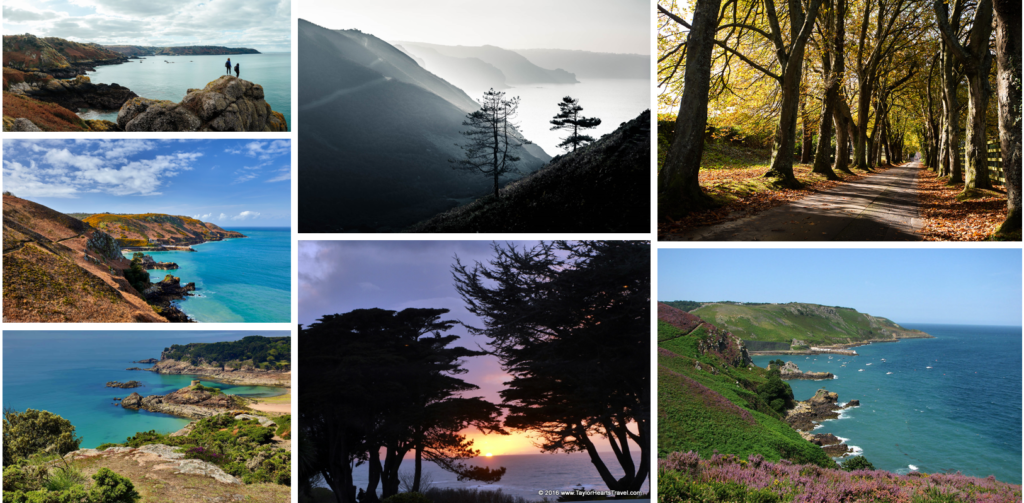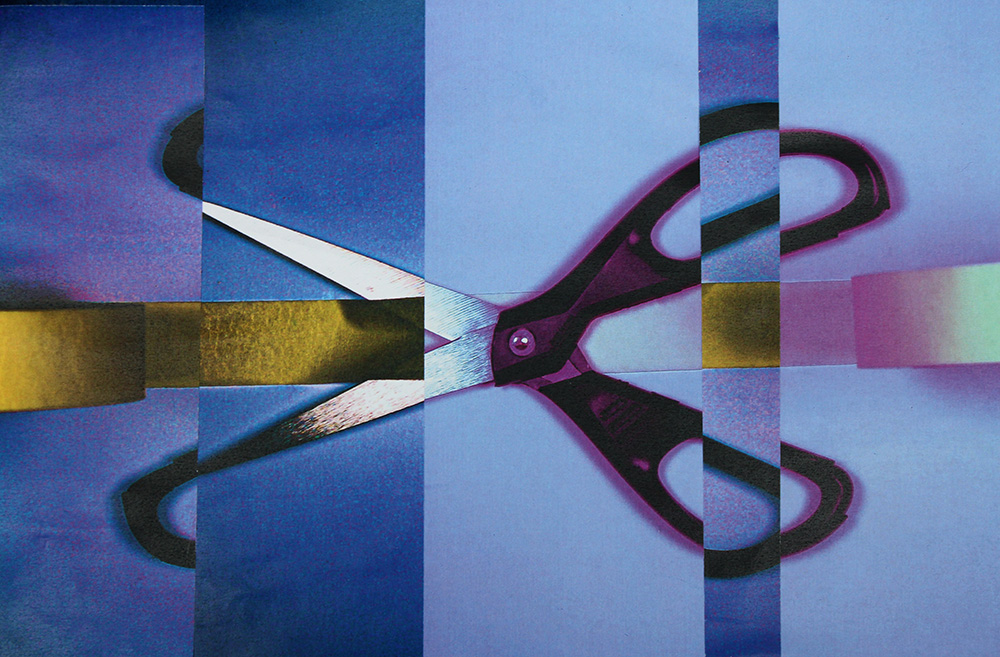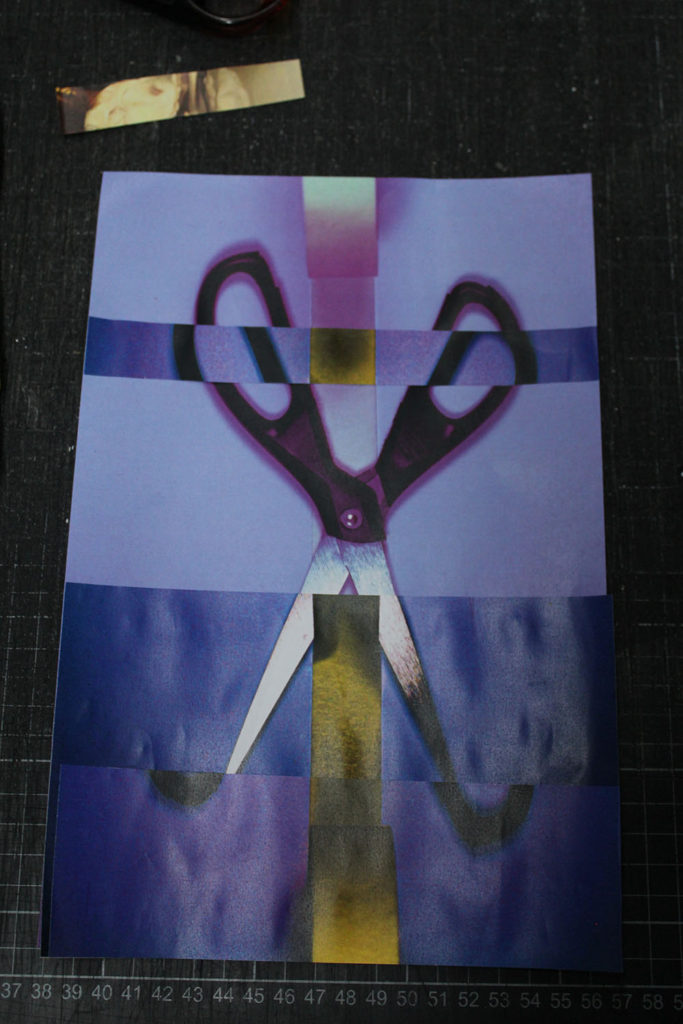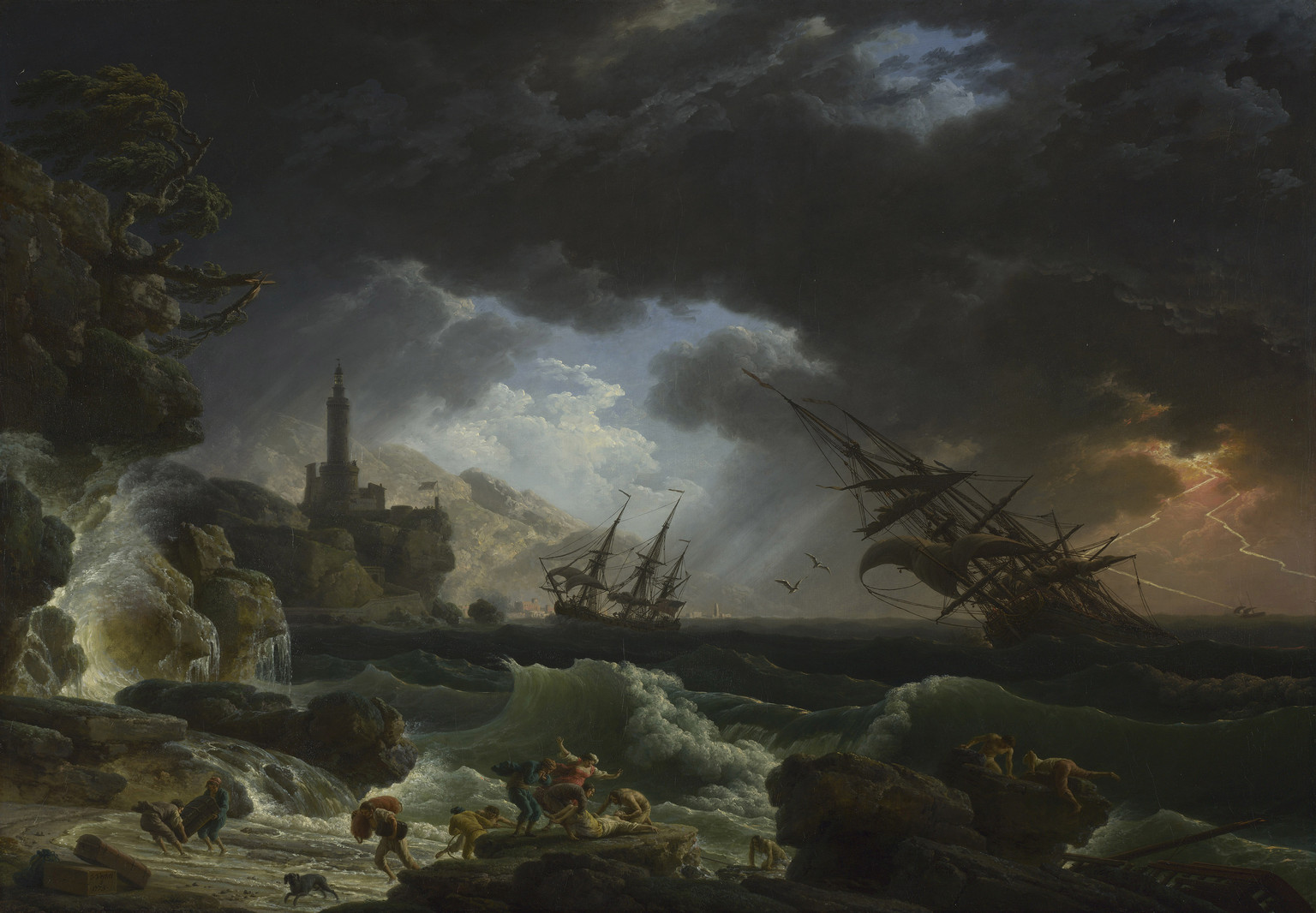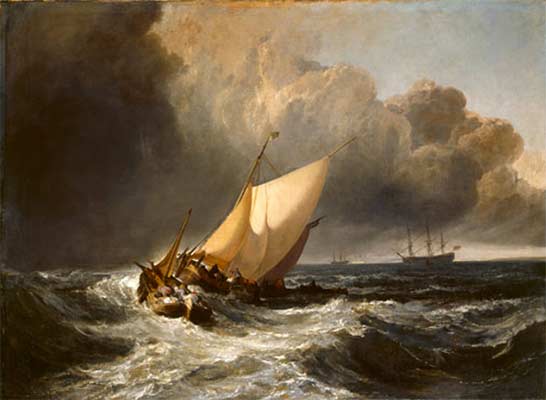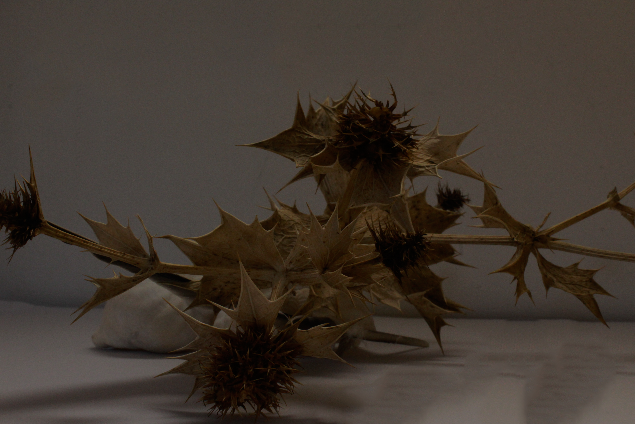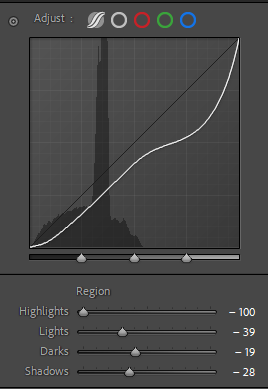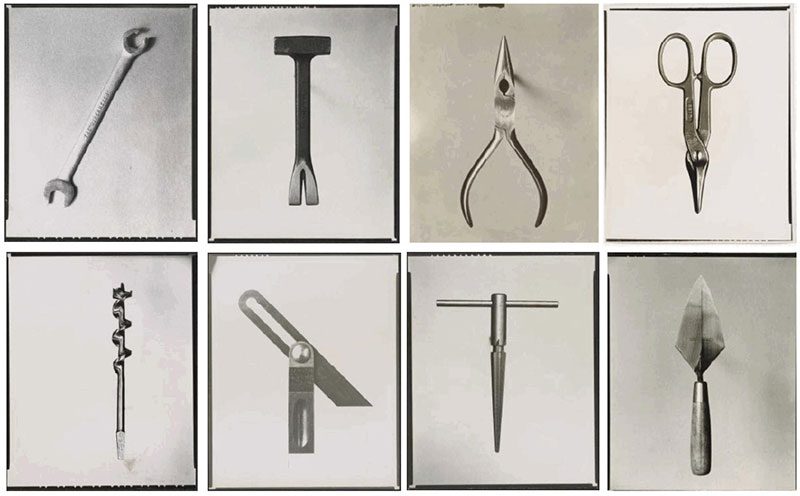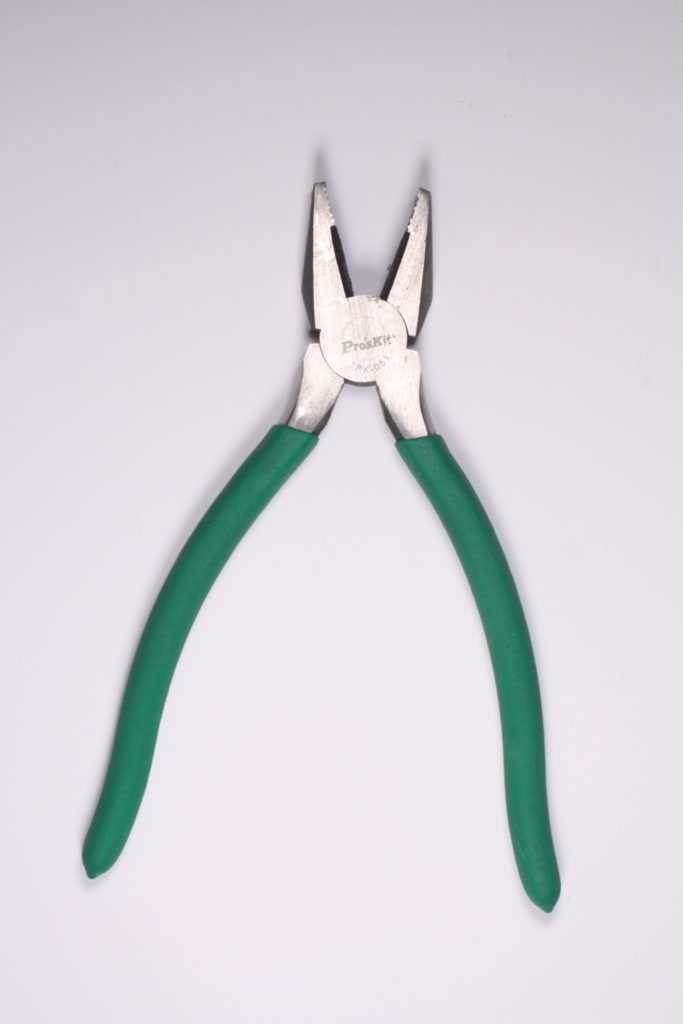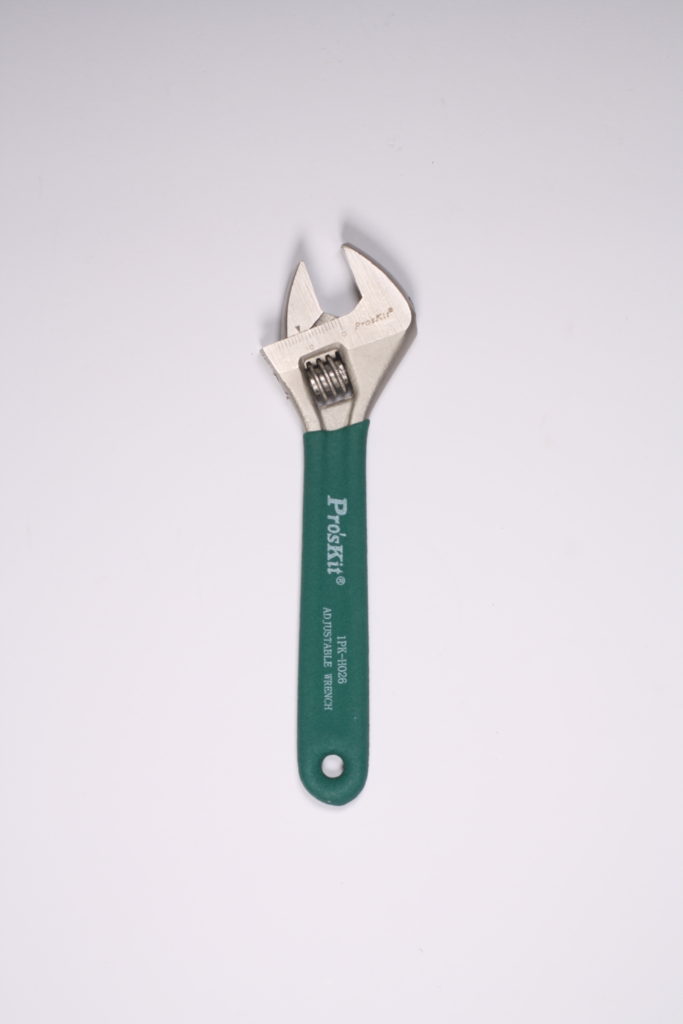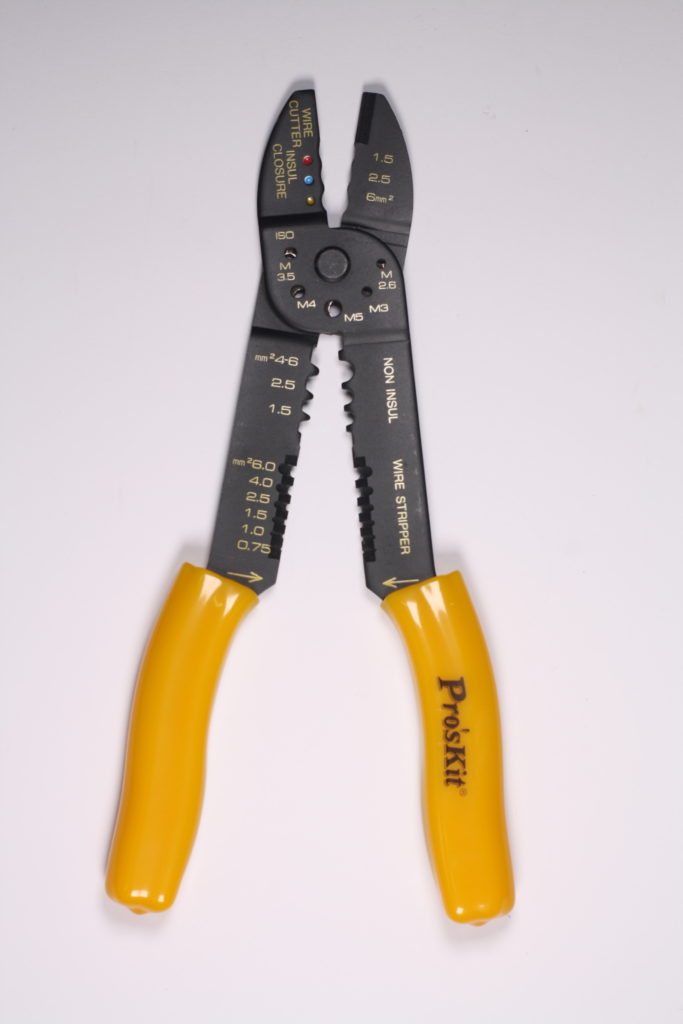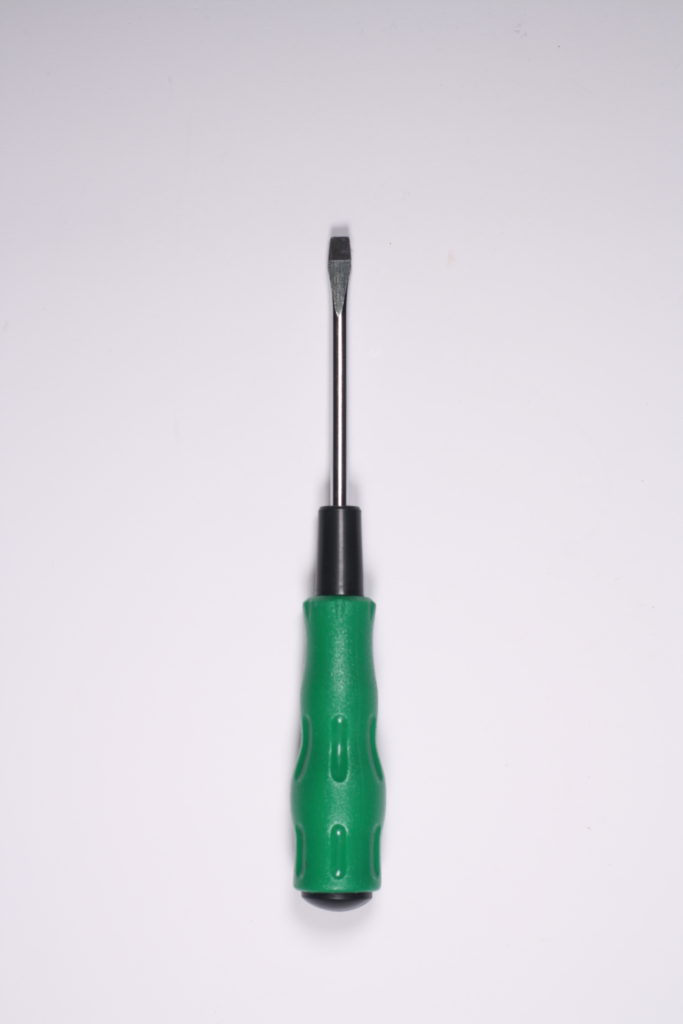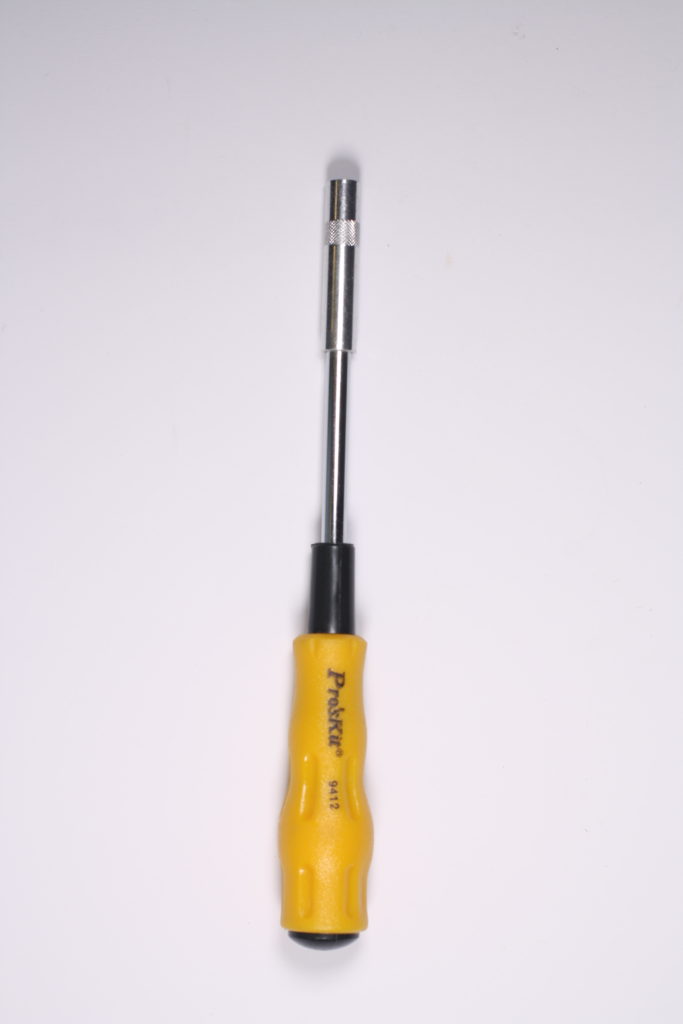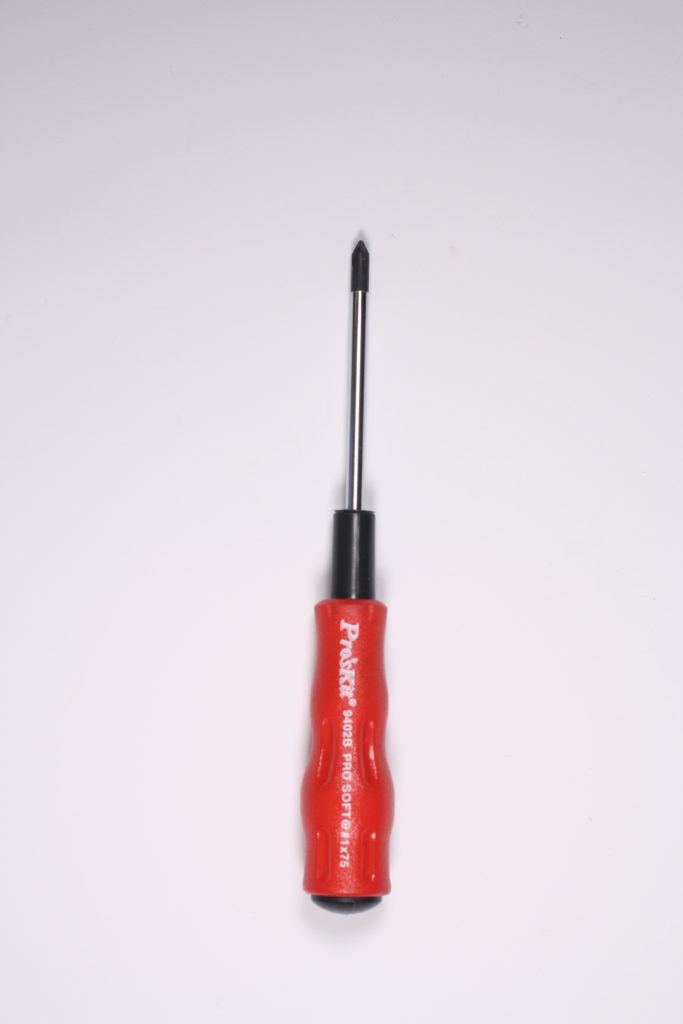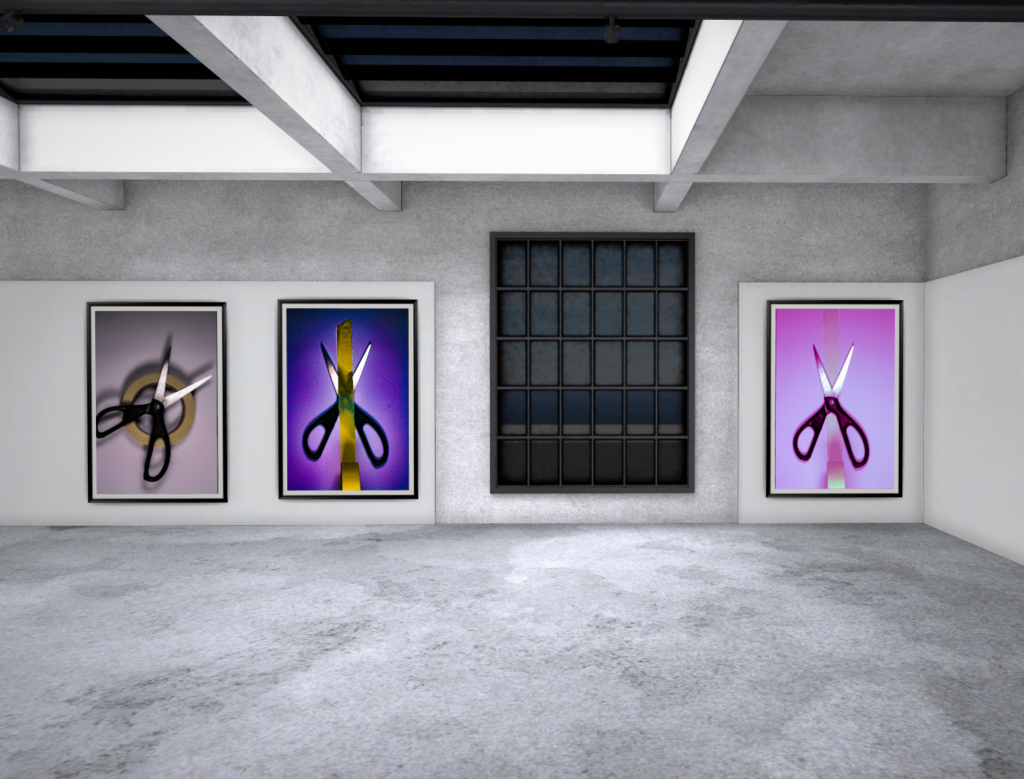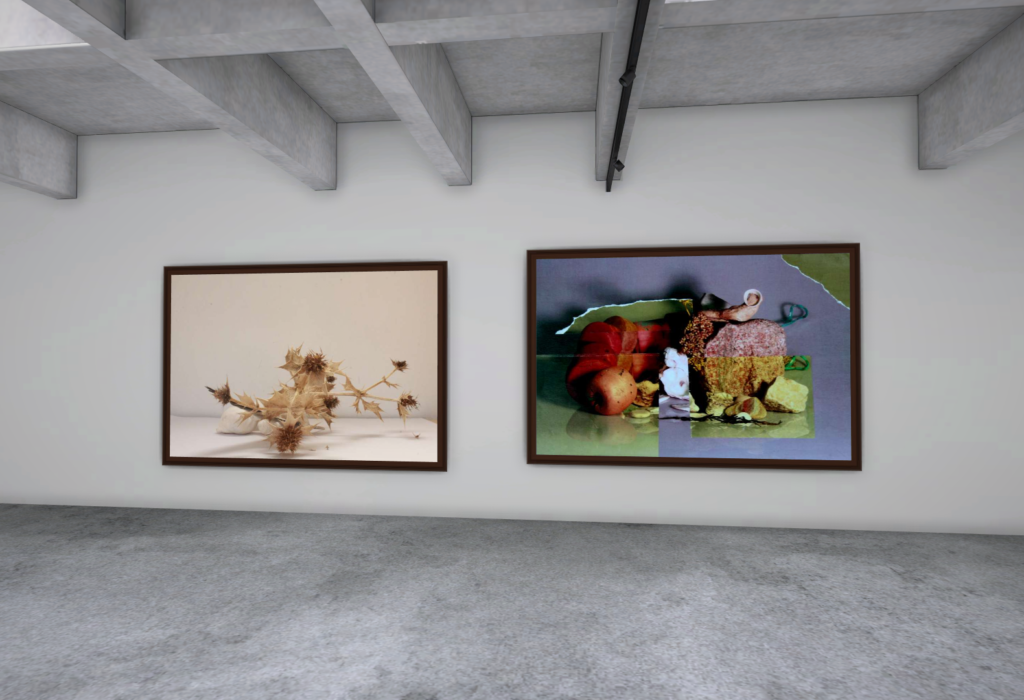My first photoshoot for landscapes was at Plemont, the original pictures are on the right and then the edited black and white are on the left:
FIRST IMAGE
ANALYSIS ON IMAGE:
This is one of my favourites I took as it shows a clear view of the cliff, the rocks, sea and some plants. I also like the angle it’s taken at and how the light shines down onto the ocean which you can clearly see the in the black and white edit.
SECOND IMAGE:
ANALYSIS ON IMAGE:
This shows more detail and texture in the rocks and the sea, I like the texture it presents, showing depth. Although, I do prefer the image coloured to show more detail and it makes the picture more interesting.
THIRD IMAGE:
ANALYSIS ON IMAGE:
Shows a better view of the waves and looks more interesting in black and white as I adjusted exposure and highlighted the whites:

FOURTH IMAGE:
ANALYSIS ON IMAGE:
When editing this image in black and white i also liked how this edit looked:
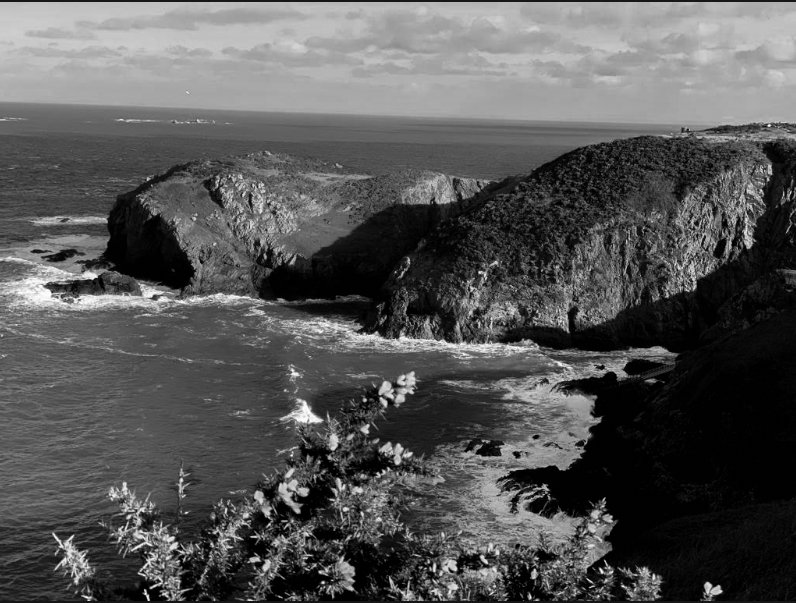
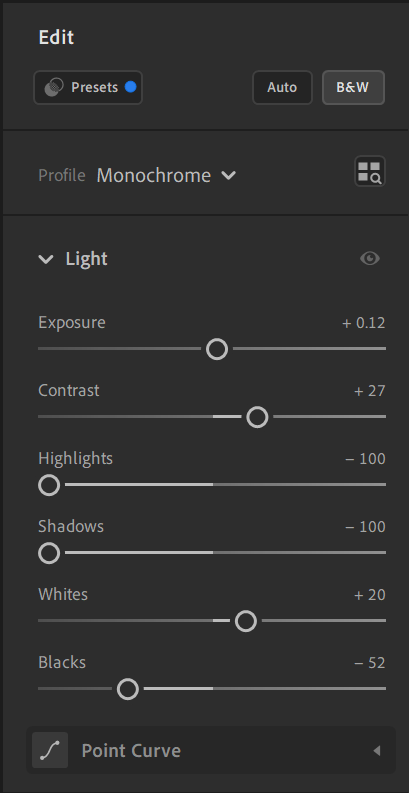
My reasoning being that I darkened the shadows, so they are almost black, I like this as its more similar to Ansel’s pictures. The other black and white image being:

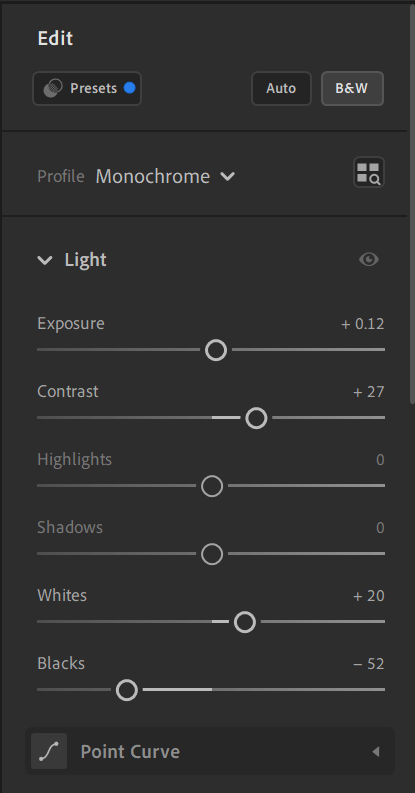
There are more details in the shadows compared to other image.
EVAULATION
Overall, I enjoyed doing this photoshoot as I could focus and explore on different areas of the cliff paths. In my plan I wasn’t aiming to go to Plemont originally but found it suited the ‘rural landscapes’ topic. Each image shows a different perspective and allows me to practice editing different aspects of each image whether it being the shadows, highlights, exposure or tone. My favourite image is the fourth as I like the angle and how much I could experiment with editing it, I’d say it’s the most similar to Ansel’s pictures as it shows depth, and the cliffs resemble as mountains to create different levels and height in my image; the shadows are sharp and effective with black and white.










